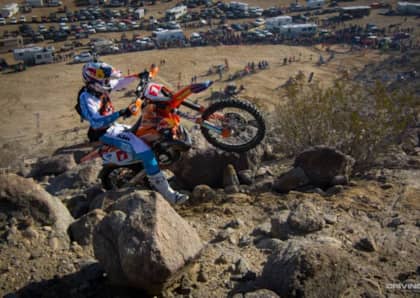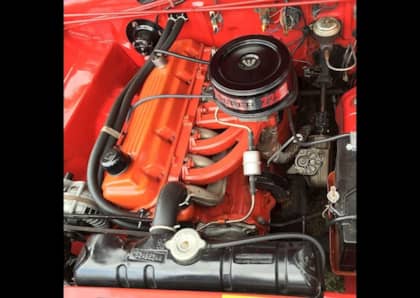Motorcycle Bound: 5 Steps Toward Learning How to Ride

1. Take a Safety Course
Although you can get a motorcycle license without taking a safety course, not many would suggest it. While each state has their own process, in California you can either take a certified safety course OR be required to complete a driving skills test at the DMV. Rumor has it that the skills test is set up in a way to be quite difficult to pass – besides, you'd need your own bike to take it on.

2. Get Your License
Before riding on public streets, you’ll need a license (or at least a permit). In California, you can get a permit by simply taking the written test. With a permit, people over the age of 21 can ride with a few restrictions: no freeways, no riding after dark, no passengers. The DMV provides a booklet with info needed to pass - but after taking the Motorcycle Training Course I didn’t even need to study... I’d learned it all in class. When you take your written motorcycle license test at the DMV, be prepared to also take a vision test and written tests for whatever other licenses you have because the DMV treats it as a renewal. After taking the written test and providing proof of passing the skills test during a motorcycle safety course, you’re almost ready to hit the road!3. Buy Basic Safety Gear
Safety gear can get expensive, but it’s one of the most important ways to keep yourself safe while motorcycling. When you’re out in the elements, you not only need to protect yourself but also need to make yourself comfortable. I didn’t want to cheap out on equipment, but I also didn’t want to spend a fortune, so I did my research well before making buying decisions. Ask around, read reviews, find something that fits you and fits your wallet. Anticipate what elements you'll be riding in as that will affect what sort of gear you'll want.4. Test it Out
Every experienced rider I’ve talked to has said the same thing: take baby steps. If you’re a beginning rider, don’t go out and buy the biggest bike then jump on the freeway and go. Spend time learning on streets, take short rides with a more experienced rider and build up your comfort and handling before going big.











